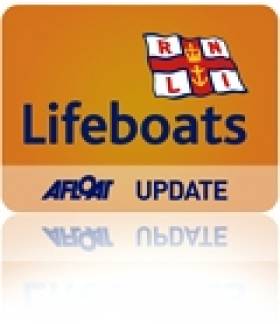Displaying items by tag: Malcolm Kelly
Awards for RNLI Volunteers on Isle of Man
#RNLI - Peel Lifeboat Station is three times proud as a trio of its volunteers will receive awards for their services to the RNLI.
IsleOfMan.com reports that the badge winners were announced at the RNLI headquarters in Poole as part of its 2012 awards list.
Bronze badges will go to Francis Watterson and press officer and past chairman Malcolm Kelly, while Adrienne Teare was awarded a gold badge.
All three will be presented with their badges at a function later this year.
RNLI Peel is one of five lifeboat stations on the Isle of Man servicing much of the Irish Sea between northern England, Scotland and Ireland.
























































